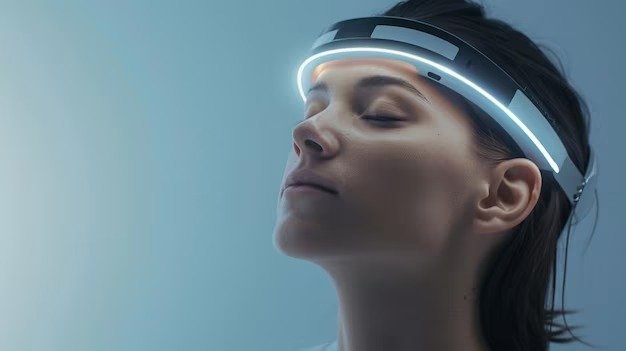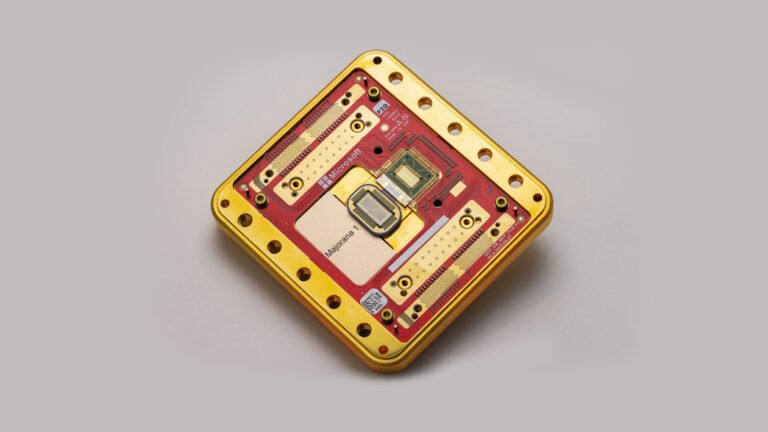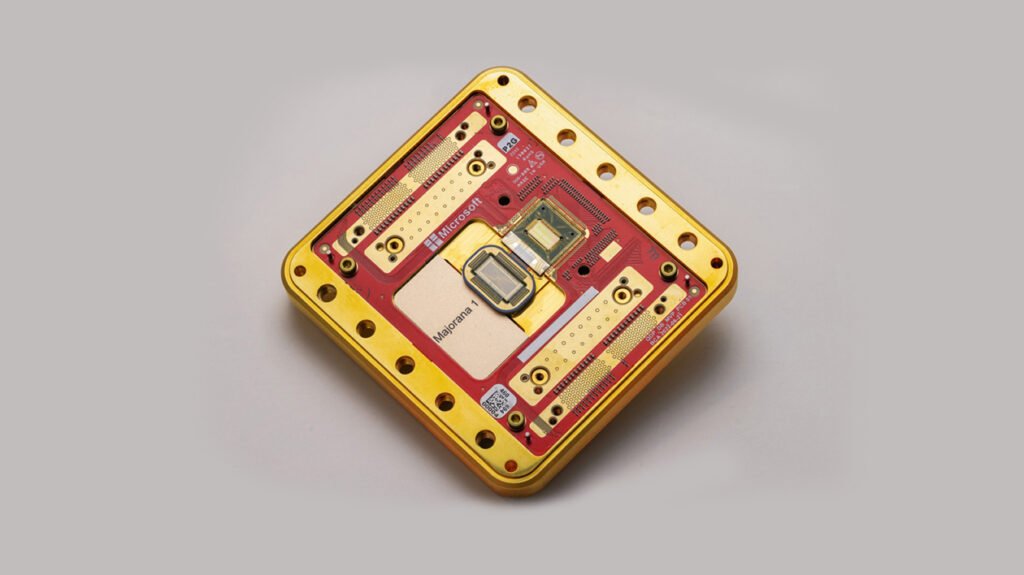A new frontier in human-computer interaction is rapidly emerging. AI Mind-Reading Headbands, once confined to science fiction, are now demonstrating astonishing capabilities. Meta, a leading innovator, has showcased groundbreaking research in non-invasive brain-typing. This technology translates neural signals into text, offering a lifeline for paralyzed patients. Imagine communicating merely by thinking! Furthermore, the global search for “AI mind-reading 2025” averages over 550,000 searches monthly. This reflects immense public interest and curiosity. However, alongside the medical marvel, significant privacy concerns are also escalating. This innovative tech presents a dual reality: profound potential alongside uncharted ethical territory.
The Rise of AI Mind-Reading Headbands: Meta’s Research
Meta’s “Brain2Qwerty” research marks a significant leap in non-invasive Brain-Computer Interfaces (BCIs). This advanced system utilizes magnetoencephalography (MEG) to capture subtle brain signals. Deep neural networks then interpret these patterns. The aim is to decode the mental activity associated with typing. While still a research project, not a commercial product, early findings are highly impressive. The system can decode up to 80% of characters for some users as they mentally “type” sentences. This breakthrough is crucial. It offers a potentially safer, non-surgical pathway for restoring communication to individuals unable to speak or move.
This technology represents a vital step towards direct thought-to-text conversion. The ultimate goal is to enable paralyzed patients to type messages by thought alone. Moreover, it could allow users to navigate digital environments with their minds. Such transformative potential could redefine assistive technologies and human interaction.
Diverse Applications for AI Mind-Reading Headbands
The applications of AI Mind-Reading Headbands stretch far beyond medical communication. These neural interfaces are set to revolutionize various sectors. In the world of gaming, players could soon control virtual reality environments and characters purely with their thoughts. Imagine truly immersive experiences where your mind acts as the primary controller. This seamless interaction could unlock new levels of engagement and accessibility for everyone.
Beyond entertainment, these advanced AI systems show promise in healthcare diagnostics. While not a direct feature of Meta’s typing headband, AI’s capability to analyze subtle language patterns is already being explored. Researchers are using it to detect early signs of neurological conditions like Alzheimer’s disease. By identifying minute changes in speech and cognitive processing, AI can aid in earlier diagnosis. This leads to more timely interventions and better patient outcomes.
Privacy and Security Challenges with AI Mind-Reading Headbands
Despite their incredible potential, AI Mind-Reading Headbands ignite a fierce privacy debate. The concept of accessing and interpreting raw brain data raises profound ethical questions. If brainwaves can be translated into text, or even used to infer intentions, where does mental privacy begin and end? Cybersecurity experts express concerns about potential vulnerabilities. Unauthorized access to such intimate data could have unprecedented implications. The discussion around “neuroprivacy” is therefore paramount.
Neural data is uniquely sensitive. It demands robust safeguards. Without stringent regulations and strong security protocols, there is a risk of misuse. This could include unauthorized data collection, targeted manipulation, or even discrimination based on cognitive patterns. Therefore, safeguarding mental privacy is as critical as advancing the technology itself.
The Regulatory Landscape: Shaping Neural Rights
Governments and international bodies are now actively addressing the ethical void surrounding neurotechnology. The European Union, for instance, is in a critical phase of discussing a “Neural Rights Bill.” This proposed legislation aims to protect cognitive liberty and ban the collection of brain data by employers. Countries like Chile have already set precedents by enacting laws to safeguard mental privacy and brain integrity.
These legislative efforts reflect a global movement to establish “neurolaw.” They seek to define fundamental rights in the age of Brain-Computer Interfaces. Key concerns include informed consent for neural data use, protection against algorithmic bias, and the prevention of cognitive manipulation. The goal is to foster innovation responsibly. This ensures technology enhances human capabilities without eroding fundamental freedoms. The ethical framework must evolve as rapidly as the technology.
Conclusion: AI Mind-Reading Headbands represent a truly transformative technology, promising a future where thought alone can communicate and control. This could offer immense relief for paralyzed patients and revolutionize virtual interactions. However, the path forward is paved with complex ethical dilemmas. Ensuring neural privacy, establishing robust Neural Rights, and managing the societal implications of such intimate data access are paramount. The ongoing research by Meta and the global regulatory discussions highlight a critical juncture. We must balance innovation with strong ethical guidelines to ensure these advancements truly benefit humanity.
For more news and updates, please visit PFM Today.













